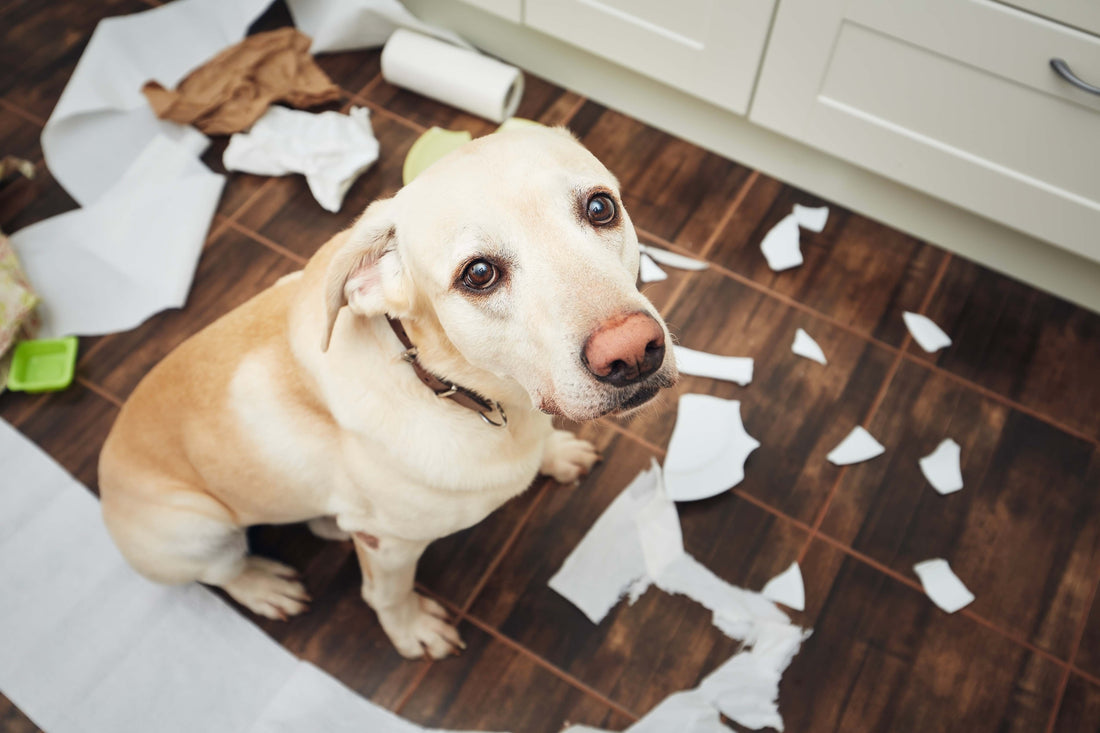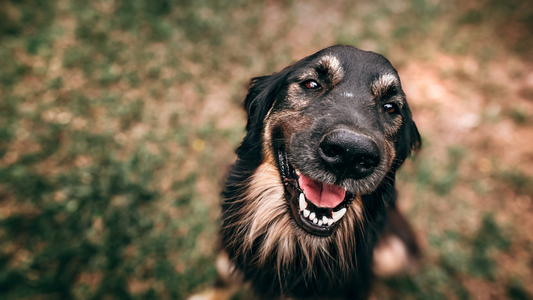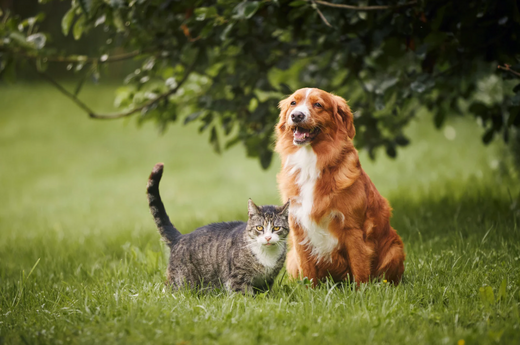Pets are often considered members of the family, and their behaviours can sometimes seem remarkably human. One such behaviour that intrigues many pet owners is the apparent display of guilt. But do pets truly feel guilt, or are we projecting human emotions onto them? In this blog, we will explore the emotional complexity of guilt and remorse in pets and provide insights into understanding their behaviour better.
Understanding Guilt in Pets
Guilt is a complex emotion that involves self-awareness and the understanding of social norms and expectations. For humans, guilt typically arises from the recognition that one has violated a moral or social standard. However, the question remains whether pets, with their different cognitive and emotional capacities, can experience guilt in the same way.
Signs That Resemble Guilt
Many pet owners have observed behaviours in their pets that appear to indicate guilt. Common signs include:
- Cowering or Avoiding Eye Contact: Pets may lower their heads, tuck their tails, or avoid looking directly at their owners.
- Ears Back and Tail Down: These are common submissive signals that pets display when they sense they have done something wrong.
- Hiding or Retreating: Pets might hide under furniture or retreat to their beds when they anticipate punishment or disapproval.
While these behaviours seem to suggest guilt, they may not necessarily indicate the complex emotional experience that humans understand as guilt.
The Science Behind Pet Emotions
Research into animal emotions suggests that pets can experience a range of feelings, but their emotional experiences are different from humans. Studies have shown that dogs, for example, can exhibit behaviours that suggest guilt, but these behaviours are often a response to their owner's reactions rather than an indication of true guilt.
Cognitive and Emotional Capabilities
Pets, especially dogs, have been shown to possess a certain level of cognitive and emotional capabilities. They can remember past events, see human emotions, and respond to social cues. However, their understanding of guilt is likely limited to associating certain actions with negative consequences based on their owners' reactions.
Behavioural Conditioning
The behaviours that resemble guilt in pets are often a result of behavioural conditioning. Pets learn to associate certain actions with disapproval or punishment. For instance, if a dog chews on furniture and is scolded, it may display submissive behaviour the next time it chews, anticipating a negative reaction from its owner.
Distinguishing Guilt from Fear and Anxiety
It's important to distinguish between guilt and other emotions such as fear and anxiety. Pets may exhibit signs of distress not because they feel guilty, but because they are afraid of being punished or have learned to anticipate a negative outcome. Understanding this distinction is crucial for addressing behavioural issues effectively.
Managing Behavioral Issues
If your pet displays behaviours that seem like guilt, it’s important to address the underlying issues rather than focusing solely on the perceived emotion of guilt. Here are some tips for managing such behaviours:
Positive Reinforcement
Use positive reinforcement to encourage desirable behaviours. Reward your pet with treats, praise, or playtime when they exhibit good behaviour. This approach helps build a positive association with the desired actions.
Consistent Training
Consistency is key in training pets. Ensure that everyone in the household follows the same rules and uses the same commands. Inconsistent training can confuse pets and lead to unwanted behaviours.
Understanding Triggers
Identify and understand the triggers that cause your pet to exhibit "guilty" behaviours. Is it a specific action or a particular situation? Once you identify the triggers, you can work on desensitising your pet to these triggers through gradual exposure and positive reinforcement.
Providing a Safe Environment
Create a safe and supportive environment for your pet. Ensure they have a comfortable space to retreat to and feel secure. Avoid harsh punishments, as they can increase anxiety and fear, leading to more behavioural issues.
Professional Help
If you struggle to manage your pet’s behaviour, consider seeking professional help. A veterinarian or a certified animal behaviourist can provide valuable insights and tailored strategies to address the specific issues your pet is facing.
Nurturing a Positive Relationship
Building a positive and trusting relationship with your pet is essential for their emotional wellbeing. Spend quality time with your pet, engage in interactive play, and provide plenty of mental and physical stimulation. A strong bond with your pet can reduce anxiety and improve their overall behaviour.
Final Thoughts on Understanding Pet Emotions
While pets may not experience guilt in the same way humans do, they do have a range of emotions that influence their behaviour. By understanding the nuances of their emotional world, we can better address their needs and foster a harmonious relationship. Remember, effective training and a supportive environment are key to ensuring your pet's happiness and wellbeing.
At Healthy Pet Co., we are dedicated to helping you understand and care for your pets.
For more tips, expert advice, and high-quality products, visit our blog and explore our resources. Together, we can create a loving and supportive environment for your furry friends.




